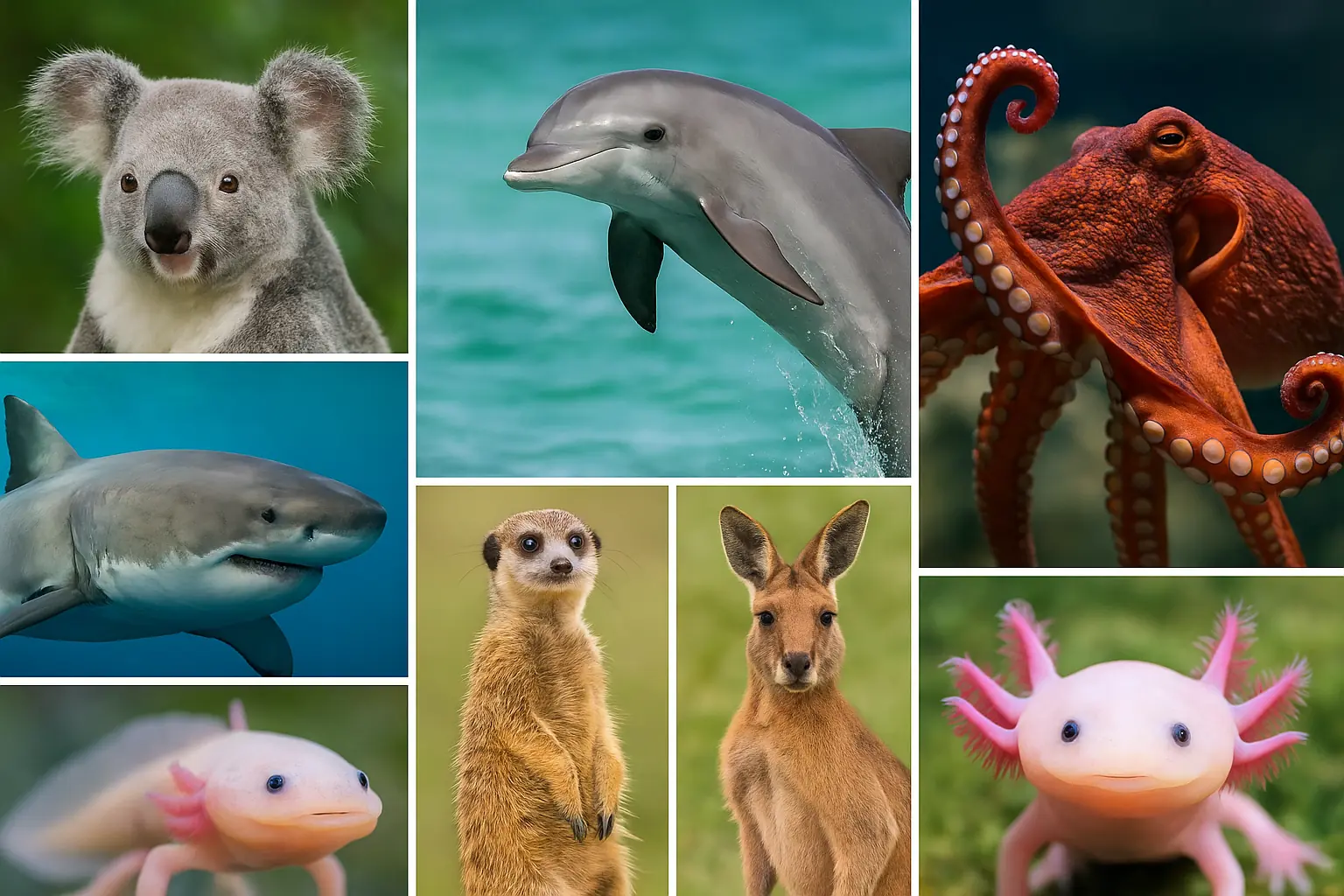
10 Mind-Blowing Animal Facts You Won’t Believe Are Real
Animals are fascinating creatures – some are cute, others scary, but all of them have one thing in common: they can truly surprise us. The natural world is full of bizarre facts you’d think were made up by someone with an overactive imagination. But the truth is quite the opposite!
In this article, you’ll discover 10 animal facts that sound completely unbelievable – but are real. And with these, you’ll definitely impress anyone who loves nature, fun, and surprises.
1. Koalas sleep up to 20 hours a day – but not because they’re lazy.
Koalas sleep 18 to 22 hours a day, making them one of the sleepiest mammals on the planet. Wondering why? Their diet consists of eucalyptus leaves, which:
- have low energy content
- are high in fiber
- are hard to digest
- and are even toxic to most animals
Because of this, koalas need to rest for long periods to conserve energy and rely on a special digestive system that can handle the toxins and extract at least some nutrients from the leaves. And when they’re not sleeping, they’re eating. So basically, just like some people on weekends.
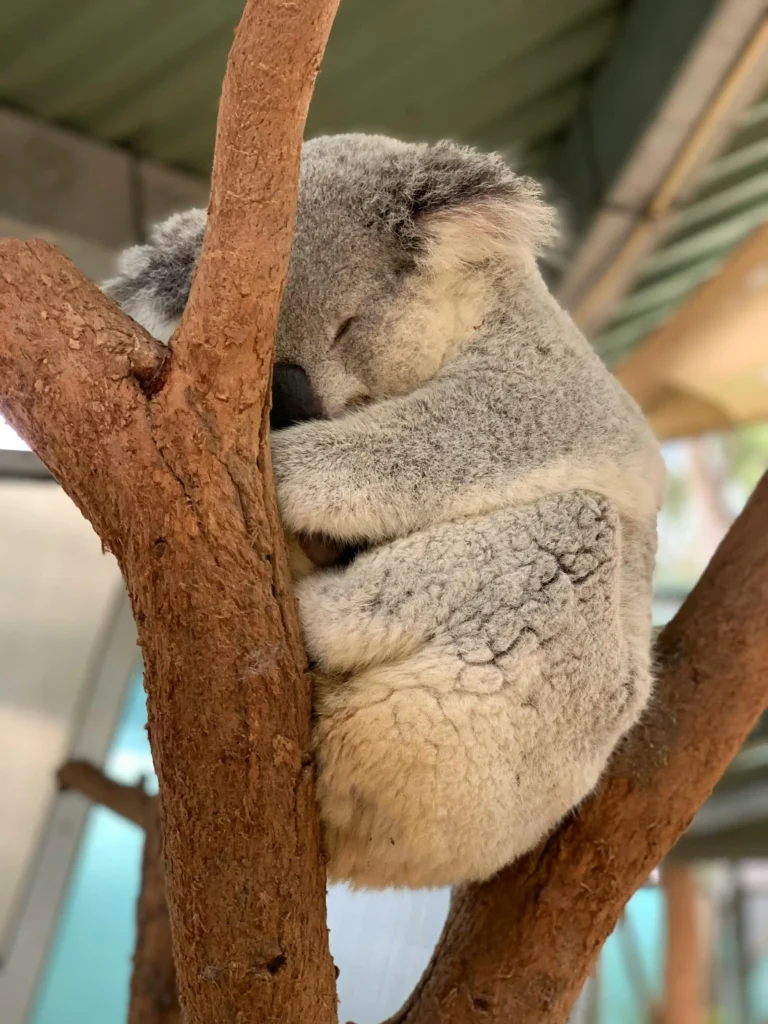
2. Hippos can’t swim – they just walk along the riverbed.
You might think a huge animal like a hippo floats gracefully in the water. But in reality, hippos can’t swim in the traditional sense – they don’t use their limbs to stay afloat like other animals. Instead, they sink, reach the bottom, and literally “run” or push themselves off the riverbed. Thanks to their body structure, weight (1.5 to 4 tons), and natural buoyancy, it looks like they’re swimming. Like all mammals, hippos have lungs and can’t breathe underwater, but:
- they can hold their breath for about 3 to 5 minutes (less in young ones)
- they breathe through nostrils located on top of their heads, so they can be almost entirely submerged and still breathe
- when they dive, their nostrils automatically close – it’s a reflex
One last thing: most experts agree that hippos are among the most dangerous animals in Africa. They kill more people than lions, elephants, or crocodiles. They’re very territorial and fast (19 mph).
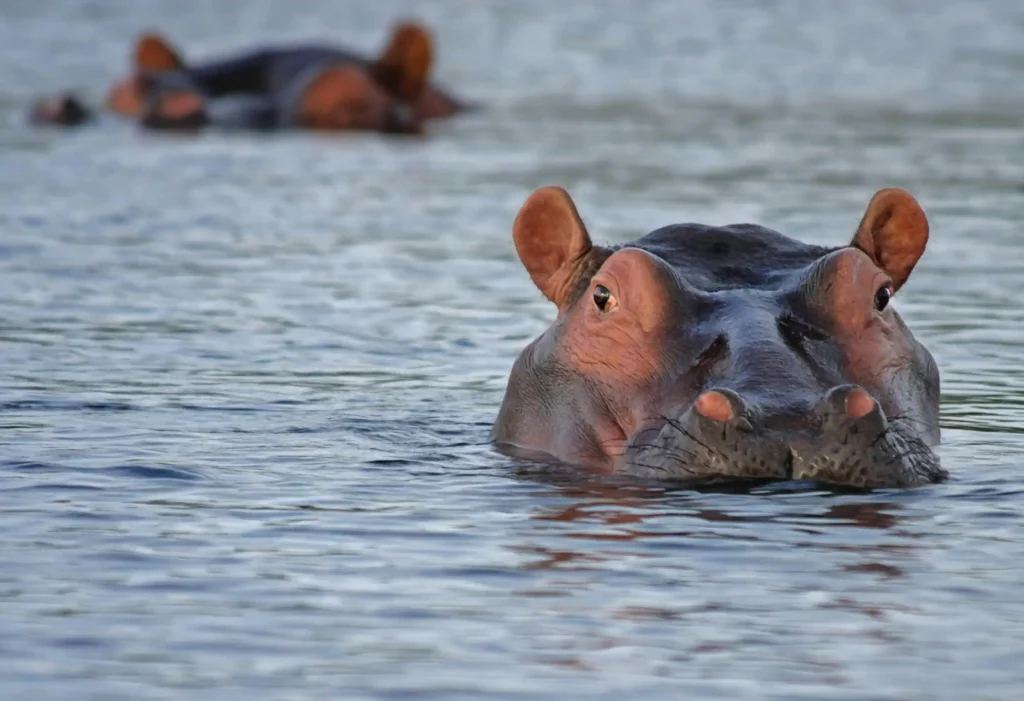
3. Elephant trunks aren’t just for breathing
An elephant’s trunk is a real multi-tool – like a Swiss army knife. It combines the nose and upper lip, has over 40,000 muscles (for comparison, the entire human body has around 600), and is used for breathing, smelling, grasping, drinking, and bathing. Young elephants even suck on their trunks like babies suck their thumbs. It soothes them and they often do it when falling asleep. And right after birth, it’s even more amusing – they can’t control their trunk at all. They move it randomly, trip over it, and even step on it sometimes. But over time and with experience, it becomes a precise and powerful tool.
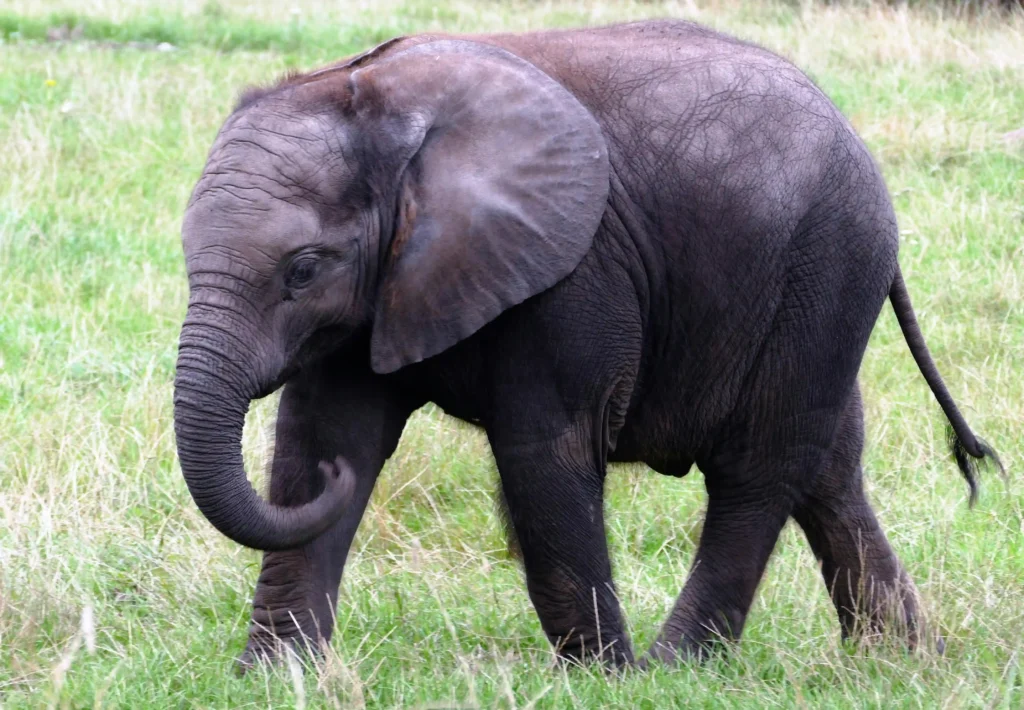
4. Octopuses have three hearts, blue blood, and high intelligence
Octopuses are like aliens that decided to live among us – underwater. The fact that they have three hearts and blue blood alone would earn them a spot in any sci-fi movie. Two hearts pump blood through the gills, while the third supplies the rest of the body. But the most fascinating thing about them is their intelligence:
- they have a large brain-to-body ratio – and even up to 9 brains (one main and 8 “local” ones in each arm)
- they can learn by observing and remember how to solve problems
- some captive octopuses have escaped from tanks, unscrewed lids, covered cameras, or even removed annoying lamps
- they are masters of camouflage – they can mimic other animals, sometimes several at once
Maybe octopuses are proof that intelligence can take very different forms – and that even underwater, genius can thrive.
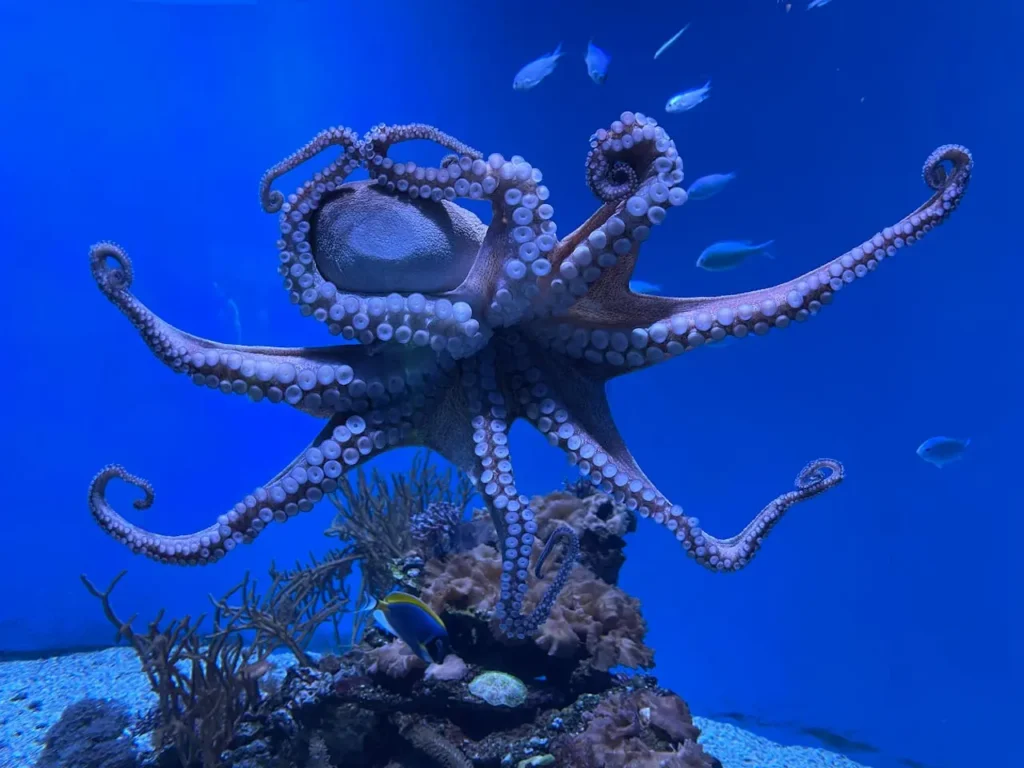
5. Dolphins have their own names
Dolphins aren’t just ordinary fish like most underwater creatures. They are brilliant beings of the ocean. Scientists discovered that dolphins assign themselves unique “names” – specific whistle sounds they respond to. When another dolphin wants to address one, it uses that exact sound. Even young dolphins invent their own “name” sounds, which they keep using their whole lives. But that’s not all. Dolphins are so intelligent that:
- they recognize themselves in mirrors – something only some apes, elephants, and children around age 2 can do
- they cooperate while hunting, plan attacks, and learn from one another
- they play just for fun – a clear sign of intelligence and awareness
- some have been observed breaking off pieces of coral as toys or blowing bubble rings just because it’s cool
Dolphins show us that language and intelligence don’t have to look like ours – but they can be just as fascinating.
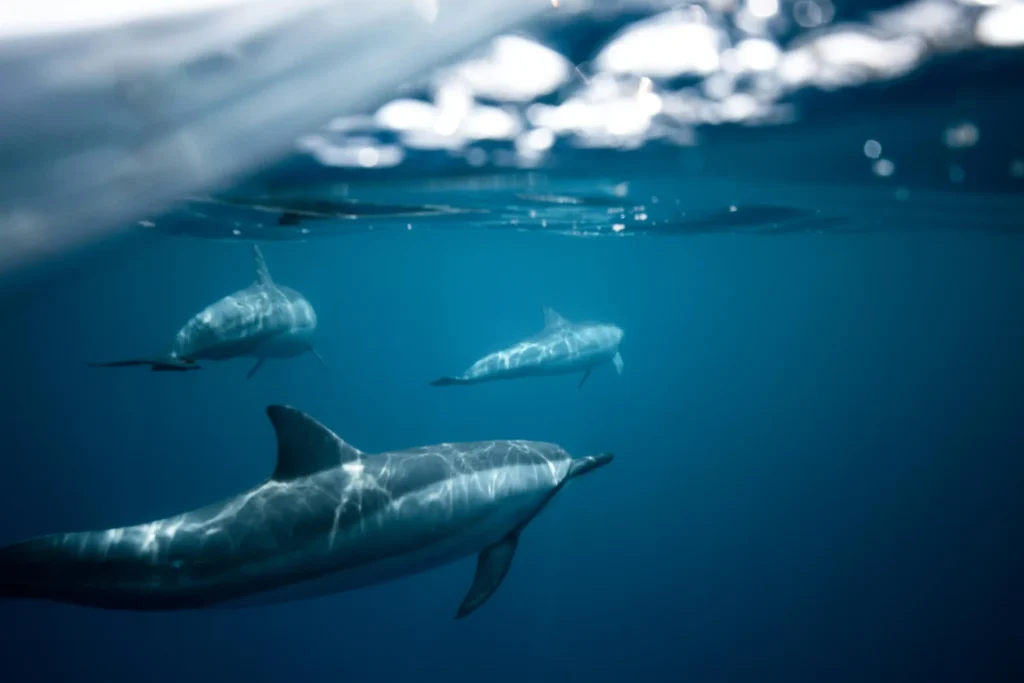
6. Axolotls can regenerate themselves
The axolotl is a species of aquatic amphibian native to Mexico. Unlike most amphibians, the axolotl never fully transforms into an adult. It stays in its larval form for life – yet it can still reproduce. This phenomenon is called neoteny. Besides their unusual development, axolotls are known for their incredible regeneration abilities. Scientists found that axolotls can regrow entire limbs, including bones, muscles, nerves, and skin. And that’s not all – they can regenerate parts of their heart, spinal cord, and even brain tissue. These abilities make axolotls valuable for biological and medical research. Scientists are studying their regenerative mechanisms in hopes of advancing human injury treatments.
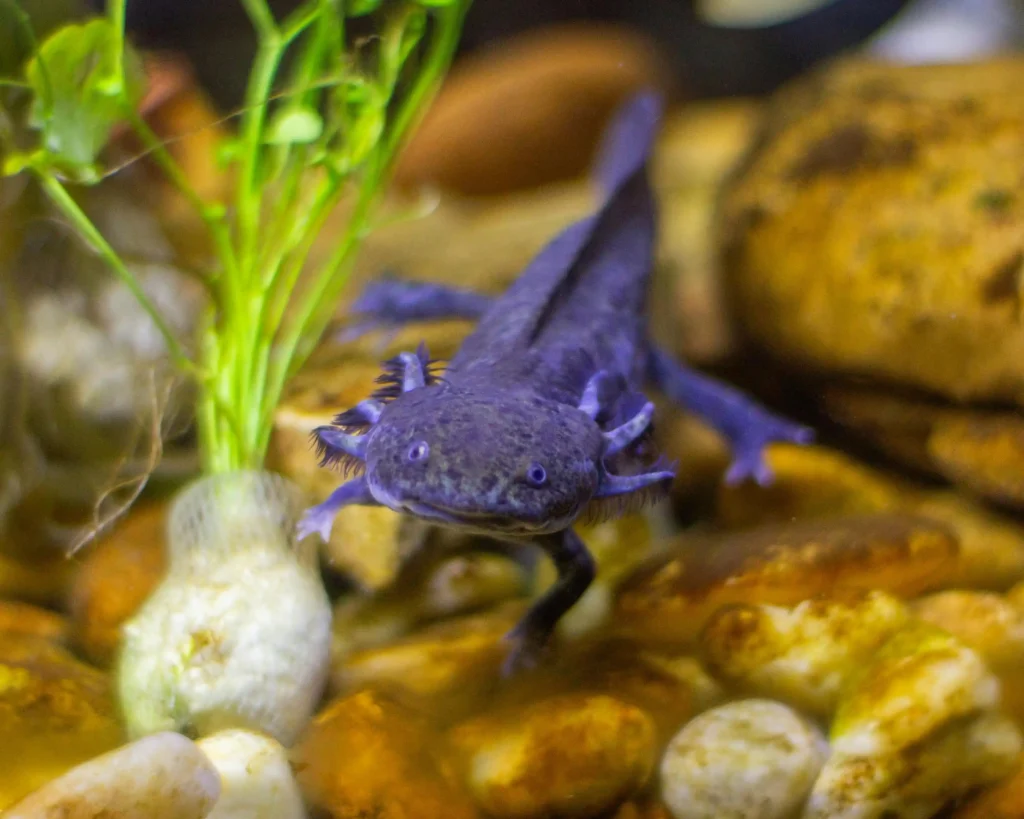
7. Kangaroos can’t move backward
The reason is simple – their massive tail and long, powerful hind legs prevent it. Trying to reverse would result in tripping over themselves. But this “flaw” carries symbolic meaning – it’s why the kangaroo (along with the emu) appears on Australia’s national coat of arms. Both animals can’t move backward, symbolizing progress, growth, and moving forward. And that’s not all: kangaroos can’t crawl or walk slowly – their movement is based on jumping. But it’s incredibly efficient – the faster they hop, the less energy they use (which is the exact opposite of us humans). So, the kangaroo isn’t just an Australian animal – it’s a symbol that sometimes, you just have to leap forward. Literally.
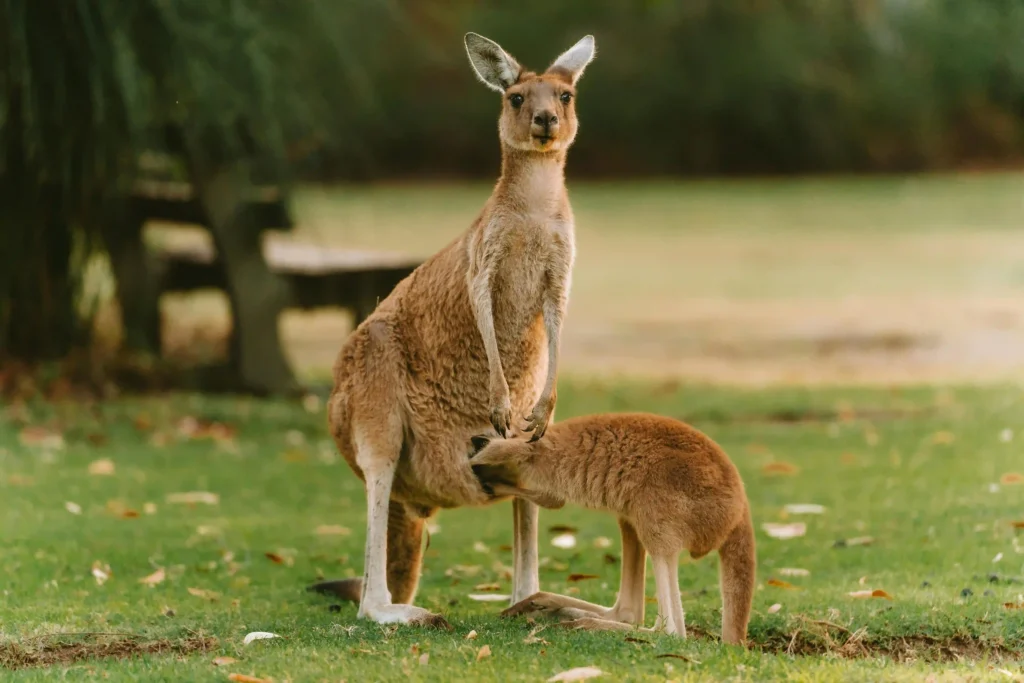
8. Greenland sharks can live up to 400 years
The Greenland shark is one of the longest-living vertebrates on Earth. Scientists have found that some individuals can live up to 400 years, reaching sexual maturity around the age of 150. This shark lives in the deep, cold waters of the North Atlantic, moving very slowly and dwelling in darkness – likely contributing to its longevity. Interestingly:
- it has an extremely slow metabolism
- age measurement is done via carbon analysis of the eye lens.

9. In seahorses, males give birth
Seahorses (genus Hippocampus) are the only known animals where pregnancy occurs in males. The female lays eggs directly into a special pouch on the male’s belly, where he fertilizes and carries them. The male incubates the eggs for several days to weeks depending on the species and water temperature. When the time comes, the male “gives birth” to hundreds of tiny seahorses by forcefully contracting his abdomen. Interestingly:
- after birth, the young are fully independent, and neither parent cares for them further
- less than 1% of the young typically survive
- seahorses often form long-term or lifelong bonds
- they perform a daily “greeting” ritual dance
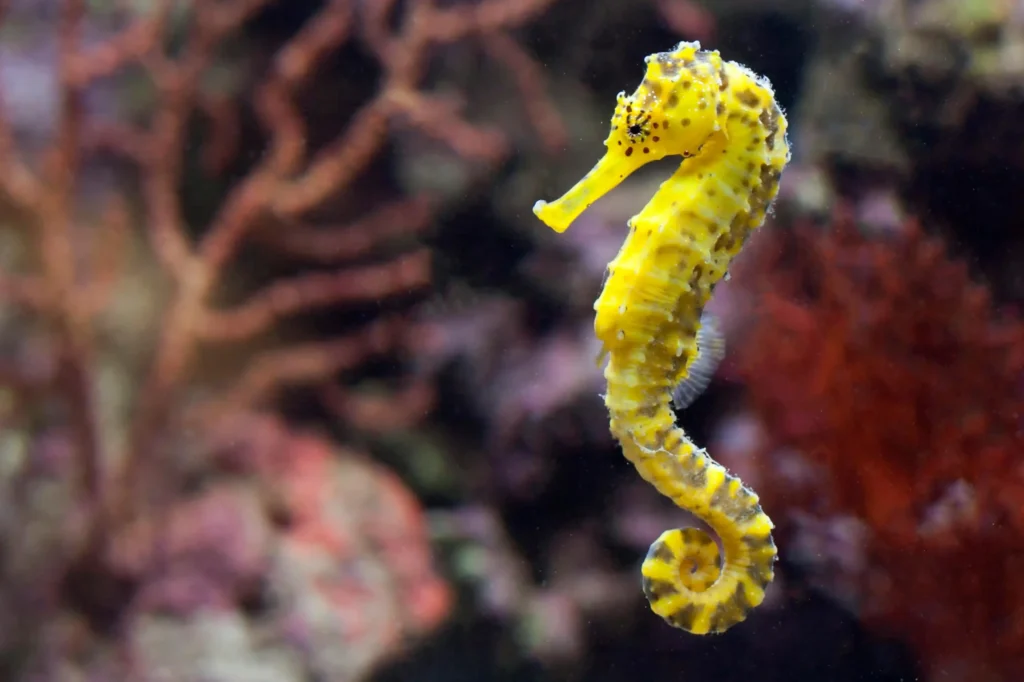
10. Meerkats teach their young to hunt step by step like in school
Meerkats are small African carnivores that live in organized groups with clear hierarchies and division of roles. One of their most fascinating traits is how they teach their young to hunt. It’s not just random imitation. Adult meerkats intentionally adapt their teaching methods based on the pup’s age and experience:
- first, they bring dead or stunned prey (like scorpions)
- then gradually introduce more lively and faster prey
- until the pups learn to hunt independently
This is one of the few known cases of animals actively “teaching” their offspring in a step-by-step manner. It’s also fascinating that:
- they use specific sounds during hunts to communicate
- one member always stands guard and sounds the alarm if danger approaches
Meerkats show us that even in the wild, patience, teaching, and teamwork pay off.
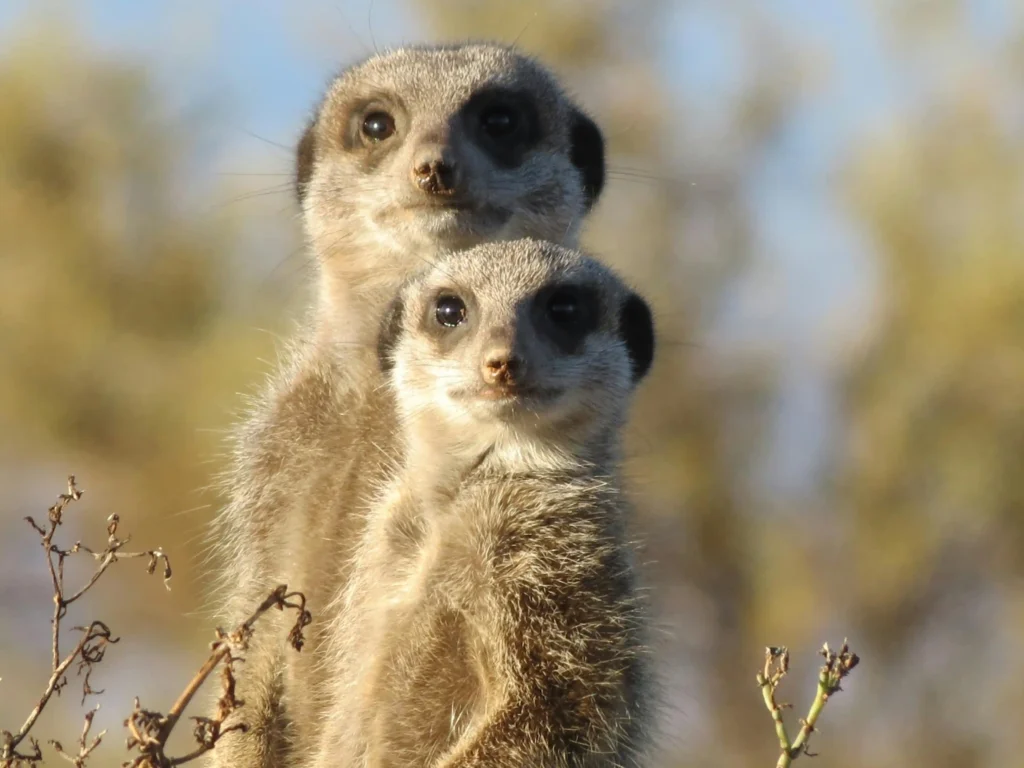
Animals are much more than just cute pictures and viral videos. Every species hides a story that can surprise, amuse, or even move us. From seahorses where males give birth to meerkats that teach like in school, nature is full of facts no one could make up – because they’re simply better than fiction. If you enjoyed these facts, share the article with someone who loves nature and animals.






